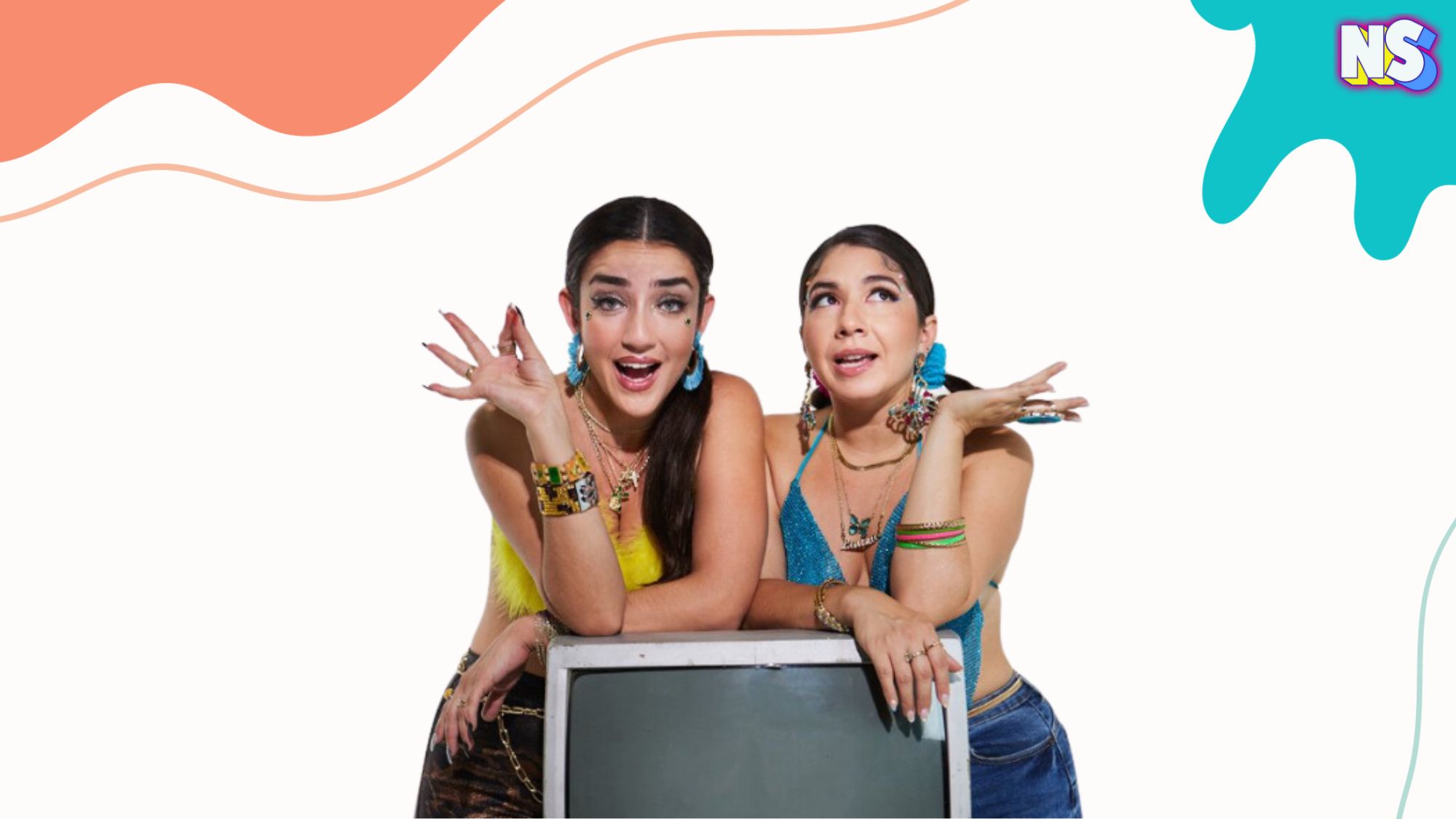From Selena Gomez’s SNL skit about Cholas to CBS’s upcoming comedy featuring “The Chonga Girls,” Latina aesthetics are being brought into the mainstream spotlight.
“It’s a whole aesthetic: dramatic cat-eye liner, matte foundation, pencil-thin eyebrows, and lips that don a dark and defined liner, often worn in conjunction with hoop earrings, gold nameplates, ornate acrylic nails, and baby hairs slicked down and shaped baroquely along the hairline,” writer Stephanie Montes writes for Byrdie.
These cultural aesthetics are not just a look. They’re a vibe. And they tie Latinas together, even when they’re miles apart.
Latinas who embrace these aesthetics within their cultures have a lot in common.Then again, they have many differences. For example, a cholita is nothing like a chingona. Then again, cholitas are as daring as the chigonas, chicanas and other Latina subcultures as well, for that matter. All embrace the power of Latina aesthetics.
Embracing the Power of Latina Aesthetics
There’s a good reason why some Latinas embrace these unique aesthetics, journalist Jillian Hernandez explains. The looks purposely reject Euro-American societal norms forced upon women, she says.
“For many of our immigrant families, survival and social mobility meant fitting into Euro-American standards of beauty and comportment,” Hernandez writes for Refinery29. “As such, I was instructed to present a femininity drawing from white ideals: lightness, thinness, and a closet of clothes with a ‘classic’ fit that didn’t accentuate my curves or totally disguise them. If I didn’t, there was a whole vocabulary for mocking and excluding femmes from around the way that shamed girls like me into aesthetic conformity: cafre, chusma, chunti, and more.”
These aesthetic choices are a form of resistance and cultural pride, allowing Latinas to assert their identity and reclaim their beauty on their own terms.
From Cholas to Chongas
So, who are cholas, chongas, cholitas, chicanas, and chingonas? And what are their similarities and differences? We’re so glad you asked.
Cholas:
The term “chola” has roots in Mexican and Chicano culture. Cholas exude confidence and elegance. They blend classic and contemporary styles, emphasizing femininity without compromising authenticity. Their style is both chic and culturally rooted. Their style includes dark lip liner, baggy pants, flannel shirts, and bandanas. Tattoos and hoop earrings are common. “By the sixties, chola style became synonymous with first- and second-generation Mexican-American youths of Southern California influenced by doo-wop music, enamored with lowrider cars, and often associated with gangs,” Byrdie writes.
Chongas:
The term “chonga” emerged in South Florida, particularly Miami, and is associated with working-class Latina women. Chongas embrace bold, flashy styles. They wear tight clothing, hoop earrings, and sport elaborate makeup. Think Bratz dolls meets urban flair. Chongas resist assimilation into Euro-American beauty standards. Their aesthetic challenges respectability politics and celebrates racialized femininity. They’re most often compared to their sisters on the West Coast, the cholas.
Chicanas:
Being a “Chicana” means you’re a Mexican-American woman, particularly living in the United States. Like the chongas, Chicanas navigate dual cultural identities. Their style may include elements from both Mexican and American aesthetics. Most notably, Chicanas often engage in social and political activism, advocating for their communities.
Chingonas:
A “Chingona” is a woman who celebrates strength, resilience, and independence. Chingonas are unapologetically confident women who defy societal norms. They embrace their power and will use it accordingly. “I’m 62 and I feel like I’m not even half way to being the chingona I want to be,” Award-winning Chicana Author Sandra Cisneros told the Huff Post in an interview.
Cholitas:
“Cholita” primarily refers to indigenous women in Bolivia, particularly those from the Aymara and Quechua communities. They go against the norm by proudly wearing traditional clothing, including bowler hats, layered skirts, and shawls. Their style reflects cultural heritage and resilience. In recent years, Cholitas have reclaimed their identity by challenging stereotypes and asserting their place in modern society. Their fashion is a symbol of pride and resistance.





